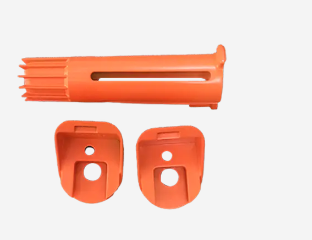Rapid prototyping and injection molding are two key technologies that have had a significant impact on accelerating innovation in various industries. Let's explore their roles and how they contribute to the innovation process.
Rapid prototyping is the process of quickly creating physical models or prototypes of a product using computer-aided design (CAD) data. It enables designers and engineers to iterate and test their designs more rapidly and cost-effectively compared to traditional manufacturing methods. Here are some ways rapid prototyping accelerates innovation:
Faster Design Iterations: With rapid prototyping, designers can quickly create multiple iterations of a product and test them in real-world scenarios. This iterative design process allows for rapid improvements and refinements, ultimately leading to better products.
Reduced Time-to-Market: By speeding up the design process, rapid prototyping helps companies bring their products to market faster. It enables companies to validate their designs, gather feedback, and make necessary adjustments before investing in mass production.
Cost Savings: Traditional manufacturing methods often require expensive tooling and molds, making design changes costly. Rapid prototyping eliminates or reduces the need for these expensive tools, saving time and money during the design phase.
Enhanced Collaboration: Rapid prototyping facilitates collaboration between designers, engineers, and other stakeholders. It enables better communication and understanding of design intent, leading to more effective design decisions and a streamlined innovation process.

